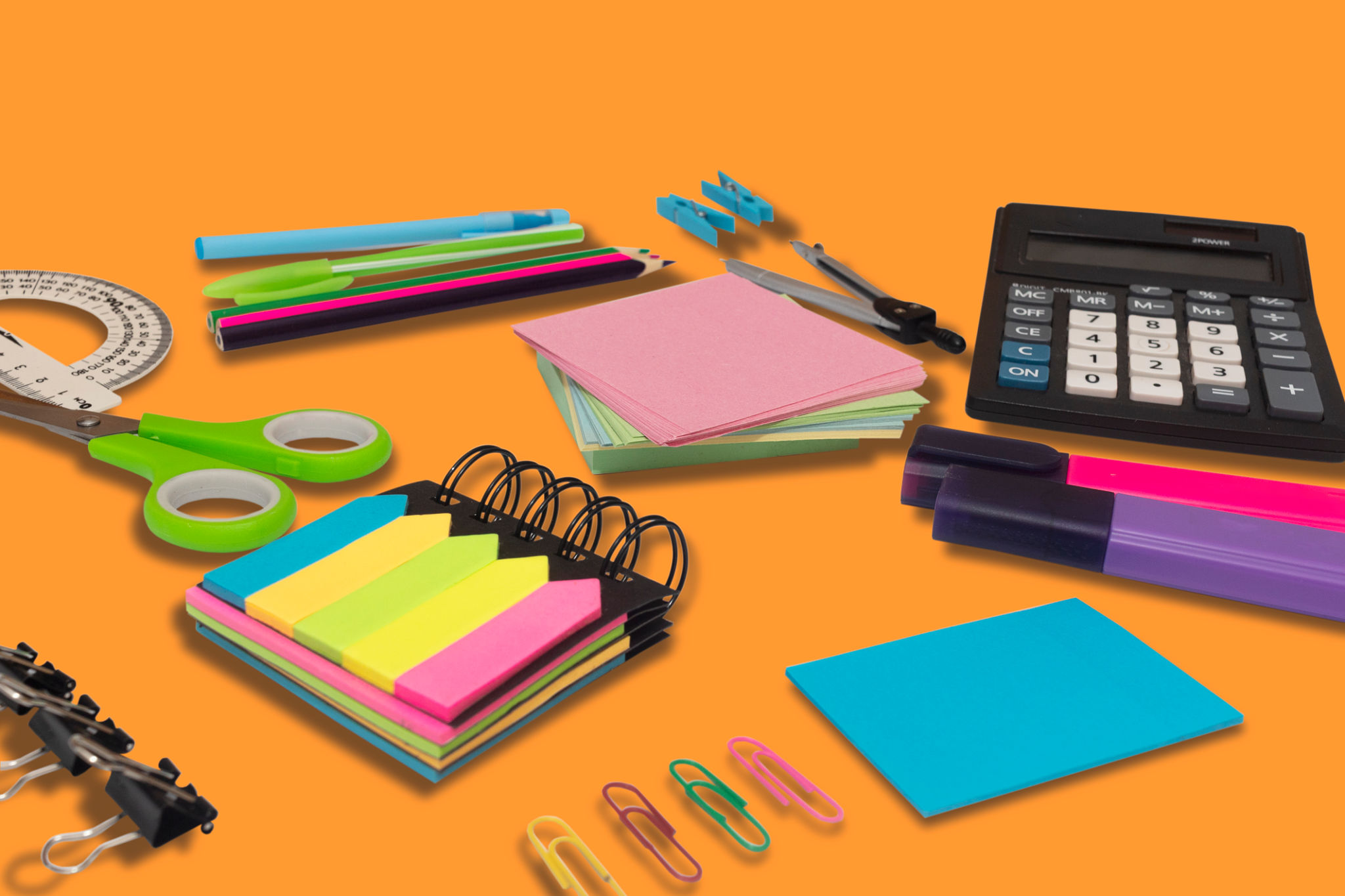Navigating the Printing Process: From Design to Delivery
Understanding the Initial Design Phase
The journey from concept to printed product begins with the design phase. This is where ideas are transformed into tangible designs that can be printed. Whether you're working on a brochure, business card, or large-format poster, the design phase is crucial. It's essential to consider elements such as color schemes, fonts, and layout. These components will play a significant role in how your final product is perceived.
Working closely with a professional designer or using advanced design software can help you create a visually appealing and cohesive design. During this phase, make sure to establish a clear vision of what you want your final product to look like, keeping in mind the purpose and audience.

Preparing Files for Printing
Once the design is finalized, the next step is to prepare the files for printing. This involves ensuring that all images and fonts are correctly embedded and that the files are in a print-ready format such as PDF or TIFF. Pay attention to the resolution of images; they should be at least 300 DPI to ensure a crisp and clear print.
It's also important to set up the correct bleed and trim areas. Bleed areas allow for slight inaccuracies during trimming, ensuring that no unprinted edges appear on your final product. This step can save you from costly reprints caused by minor mistakes.

Choosing the Right Printing Technique
There are various printing techniques available, each suited for different types of projects. The most common methods include digital printing, offset printing, and screen printing. Digital printing is ideal for small runs and quick turnaround times, while offset printing is preferred for larger volumes due to its cost-effectiveness.
Screen printing is often used for textiles and promotional items. Choosing the right technique depends on the type of project, budget, and quality requirements. Consulting with a printing professional can help you determine the best method for your specific needs.
Reviewing Proofs and Making Adjustments
Before moving forward with full-scale production, it's crucial to review proofs of your design. Proofs are sample prints that allow you to see exactly how your final product will look. This step provides an opportunity to catch any errors or make adjustments before committing to a large print run.
Take the time to check colors, text alignment, and overall layout. Make sure everything matches your expectations and specifications. If any changes are needed, now is the time to implement them.

Finalizing Production
After approving the proofs, it's time to move into full production. This phase involves running the actual print job according to the specifications and quantities you have set. Efficient communication with your printing service is key to ensuring that everything runs smoothly during this stage.
Depending on the complexity of your project, production times can vary. Make sure to discuss timelines with your printer to avoid any unexpected delays.
Quality Control and Delivery
Once printing is complete, quality control checks are essential. This involves inspecting the finished products for any defects or inconsistencies. A thorough quality check can help maintain your brand's reputation by ensuring only top-quality materials reach your audience.
Finally, coordinate with your printer regarding the delivery of your products. Whether you need them shipped directly to your business or distributed elsewhere, ensure that logistics are carefully planned out. With everything in place, your printed products will soon be ready for use.

